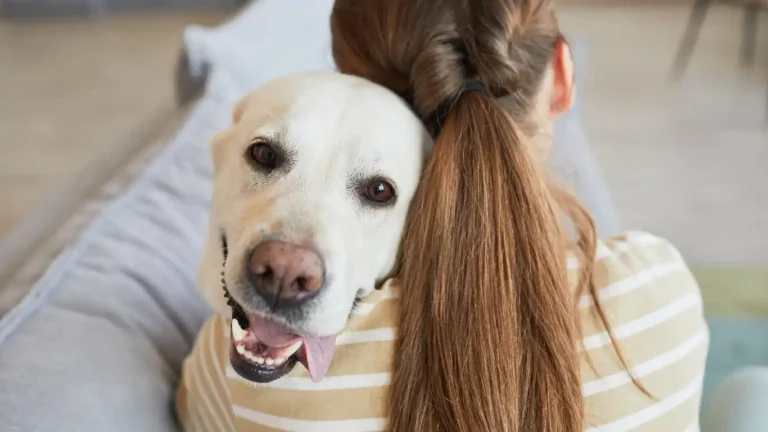Ultimate Guide to Dog Health: Top Tips for a Long, Happy Life
As a Canine-Assisted Therapy Trainer, I’ve had the privilege of working closely with dogs of all shapes, sizes, and temperaments. Over the years, I’ve learned that ensuring a dog’s health and happiness is a multi-faceted journey. Whether you’re raising a puppy or caring for a senior dog, a combination of physical, mental, and emotional care is the key to ensuring your furry friend lives their best life. That’s why I’ve put together this ultimate guide to dog health, packed with top tips and insights that will help your dog thrive for years to come. Ready to give your dog a long, happy, and healthy life? Let’s dive in!
Nutrition: Fueling Your Dog’s Health
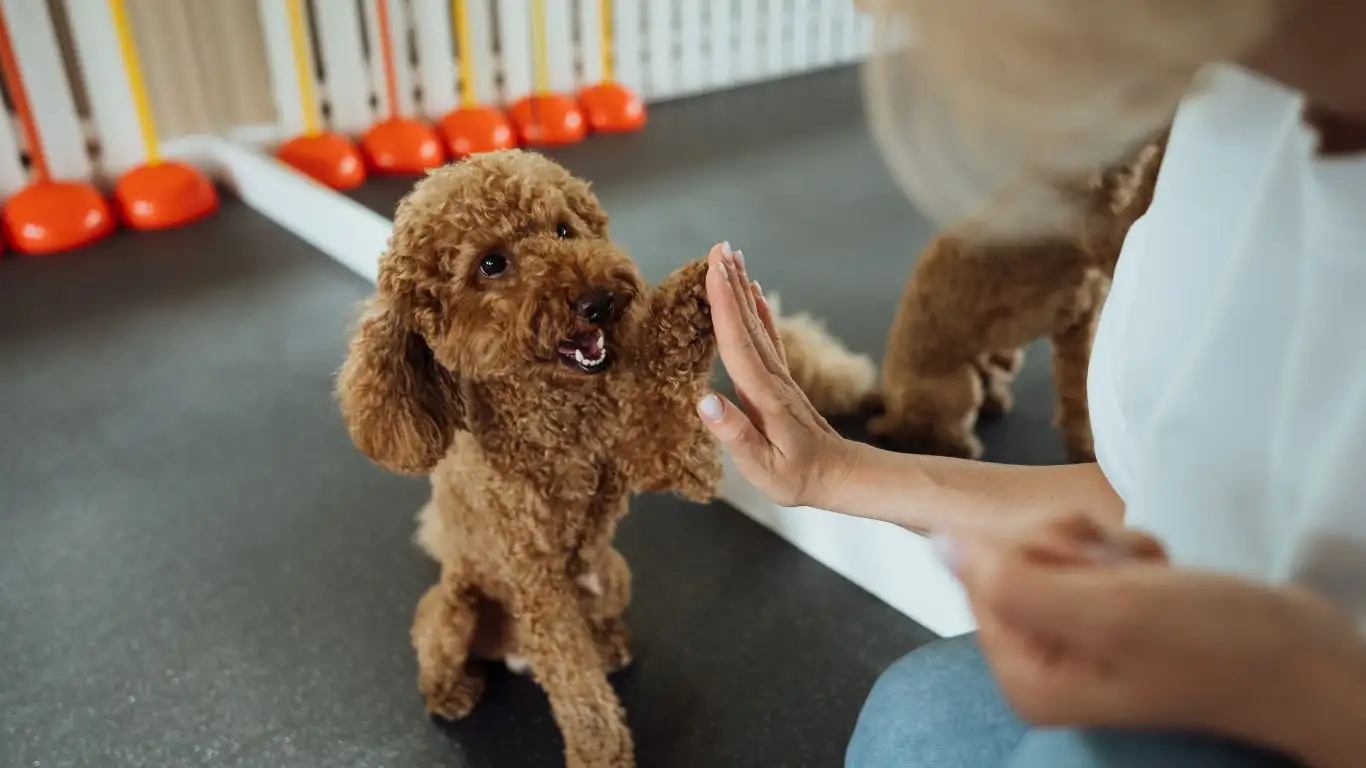
One of the most crucial factors in keeping your dog healthy is ensuring they receive the right nutrition. Just like humans, dogs need a balanced diet to stay energized, happy, and healthy. But with so many dog food options out there, it can be overwhelming to know what’s best for your pet. From kibble to raw food, there’s no one-size-fits-all solution. It’s all about finding the right balance for your dog’s specific needs.
The Basics of Dog Nutrition
At the foundation of a healthy dog diet is protein, which is essential for muscle development and energy. Depending on your dog’s size and activity level, they’ll need different amounts of protein. For example, a high-energy working dog may need more protein than a laid-back lapdog. Similarly, don’t forget about healthy fats. These are important for your dog’s coat and skin, not to mention their overall cellular function.
But nutrition isn’t just about food! It’s also about hydration. Water is often underestimated when it comes to dog health, but staying hydrated is key to maintaining energy levels and proper body function. Make sure your dog always has access to fresh water throughout the day. You’d be surprised how many health issues can be traced back to simple dehydration!
Special Diets for Dogs with Specific Needs
Some dogs require special diets due to allergies, medical conditions, or other unique needs. For instance, if your dog has a sensitive stomach, there are plenty of easily digestible food options available. Dogs with joint problems might benefit from food with added glucosamine, which helps with cartilage repair. If your dog is overweight, consider low-calorie food or portion control to keep them at a healthy weight.
If you’re unsure what food is best for your dog, it’s always a good idea to check with your vet. They can provide guidance based on your dog’s age, breed, activity level, and health history.
Exercise: Keeping Your Dog Fit and Active
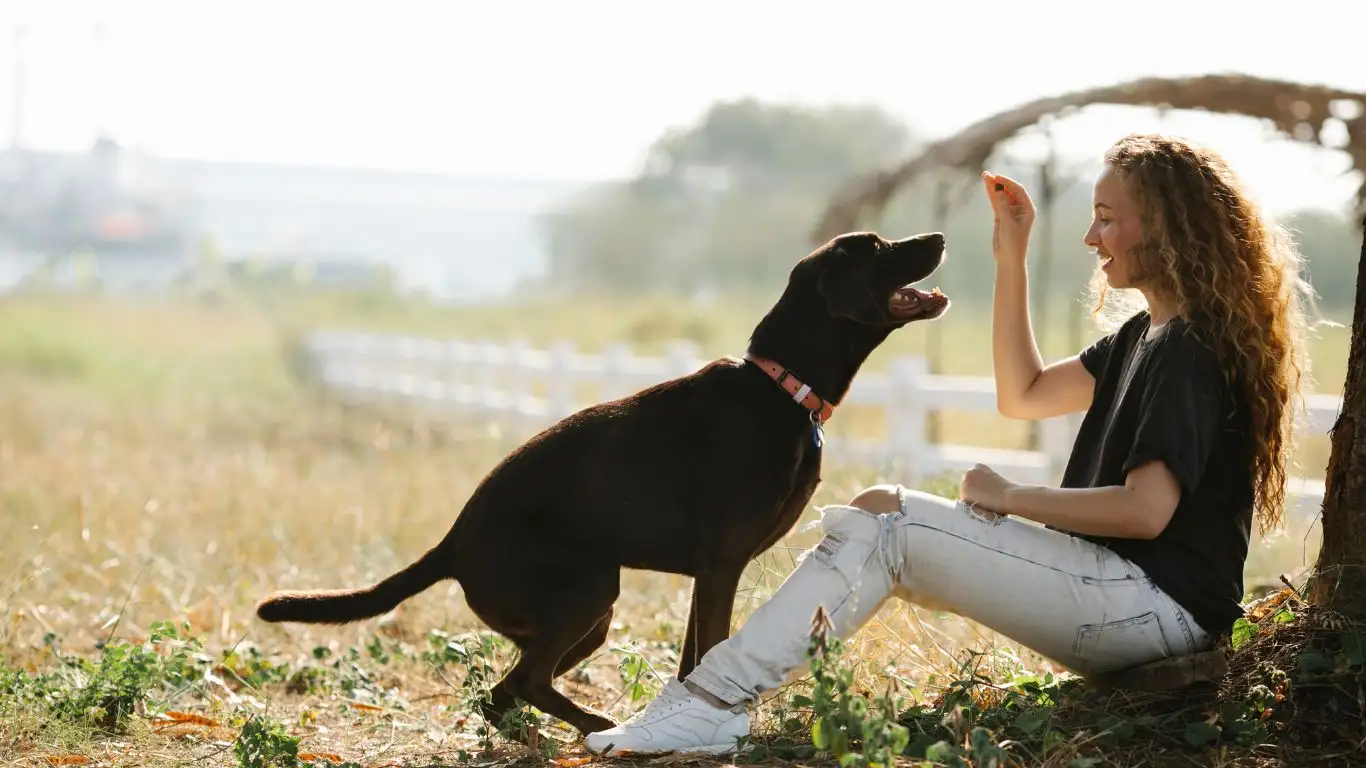
Exercise is another critical piece of the puzzle when it comes to dog health. Regular physical activity helps maintain a healthy weight, strengthens muscles, and improves cardiovascular health. Plus, exercise is a great way to boost your dog’s mental health too! Dogs that don’t get enough exercise can become bored, anxious, and even destructive. So, it’s important to provide both physical and mental stimulation through daily activities.
Daily Walks and Playtime
Most dogs need at least 30 minutes to 1 hour of exercise per day, but this can vary depending on your dog’s breed and energy level. For example, high-energy breeds like Border Collies, Huskies, and Retrievers may require more than an hour of exercise each day. In contrast, older or less active dogs may be content with shorter walks.
Regular walks not only help keep your dog fit, but they also provide an opportunity for your dog to explore their environment, socialize with other dogs, and sniff around (which is actually a fun and stimulating activity for dogs!).
Interactive Games and Mental Stimulation
Sometimes, it’s not just about running or walking. Interactive games like fetch, tug-of-war, or even puzzle toys can provide a great workout for your dog’s brain. Mental stimulation is just as important as physical exercise, as it helps keep your dog sharp and engaged.
For dogs that are particularly energetic or high-strung, activities like agility training or scent detection games can be a fantastic way to channel that energy into something productive and fun. Plus, it’s a great bonding experience for both you and your dog!
Regular Vet Checkups: Preventative Care is Key
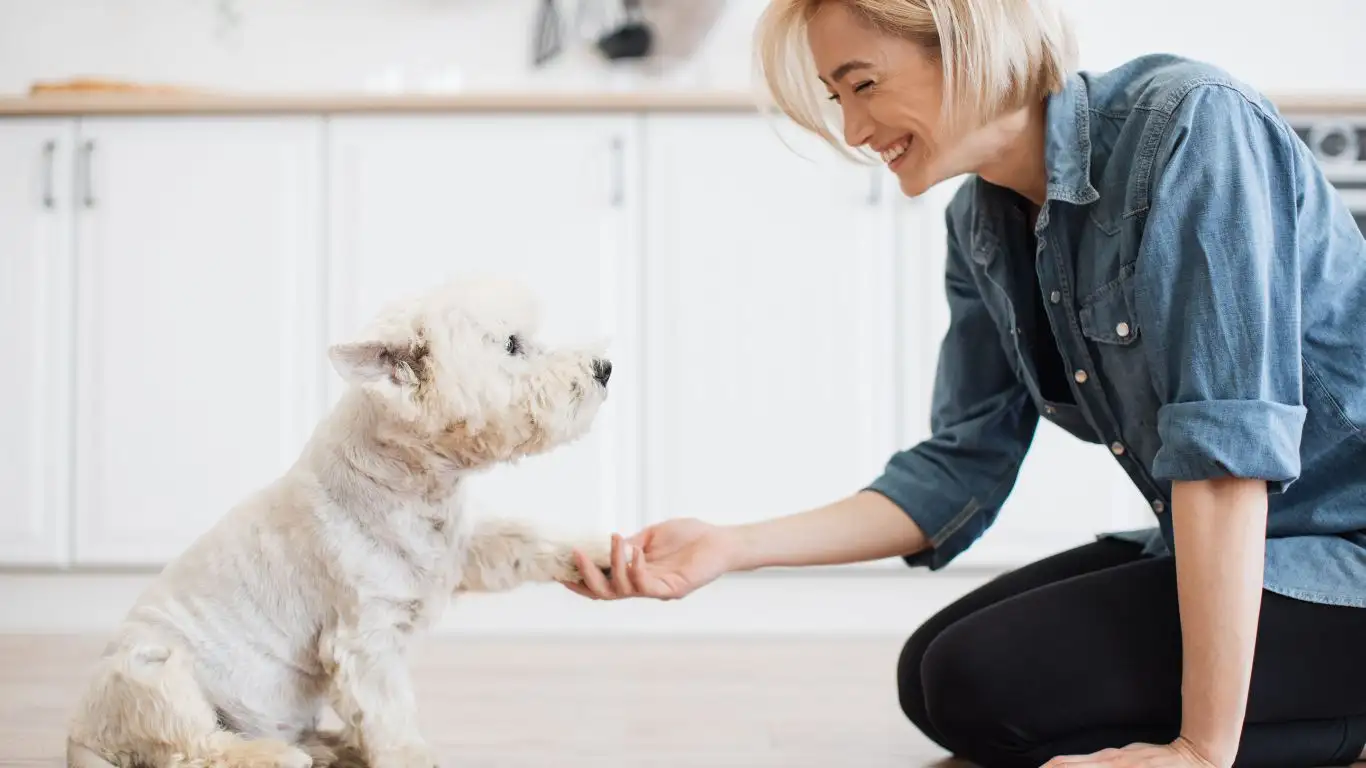
No matter how healthy your dog seems, regular vet visits are essential for long-term well-being. Routine checkups help detect potential health problems before they become major issues. Your vet can check for common issues like dental problems, parasites, skin conditions, and even early signs of chronic conditions like arthritis or heart disease.
Vaccinations and Parasite Prevention
Keeping your dog’s vaccinations up to date is one of the most important aspects of preventative care. Vaccines protect your dog from various serious illnesses, including rabies, parvovirus, and distemper. Additionally, parasite prevention is crucial in keeping your dog safe from fleas, ticks, and worms, which can all cause serious health issues.
Your vet will recommend a vaccination schedule based on your dog’s age, breed, and lifestyle. Be sure to stay on top of this to ensure your dog is protected from harmful diseases!
Dental Care
Dental hygiene is often overlooked, but it’s just as important as any other aspect of your dog’s health. Dogs can suffer from dental issues like gum disease, which can lead to pain, tooth loss, and even heart disease if left untreated. Regular brushing (yes, dogs can be trained to accept tooth brushing!) and providing dental chews or toys can help keep your dog’s mouth healthy and fresh.
Grooming: Keeping Your Dog Clean and Comfortable
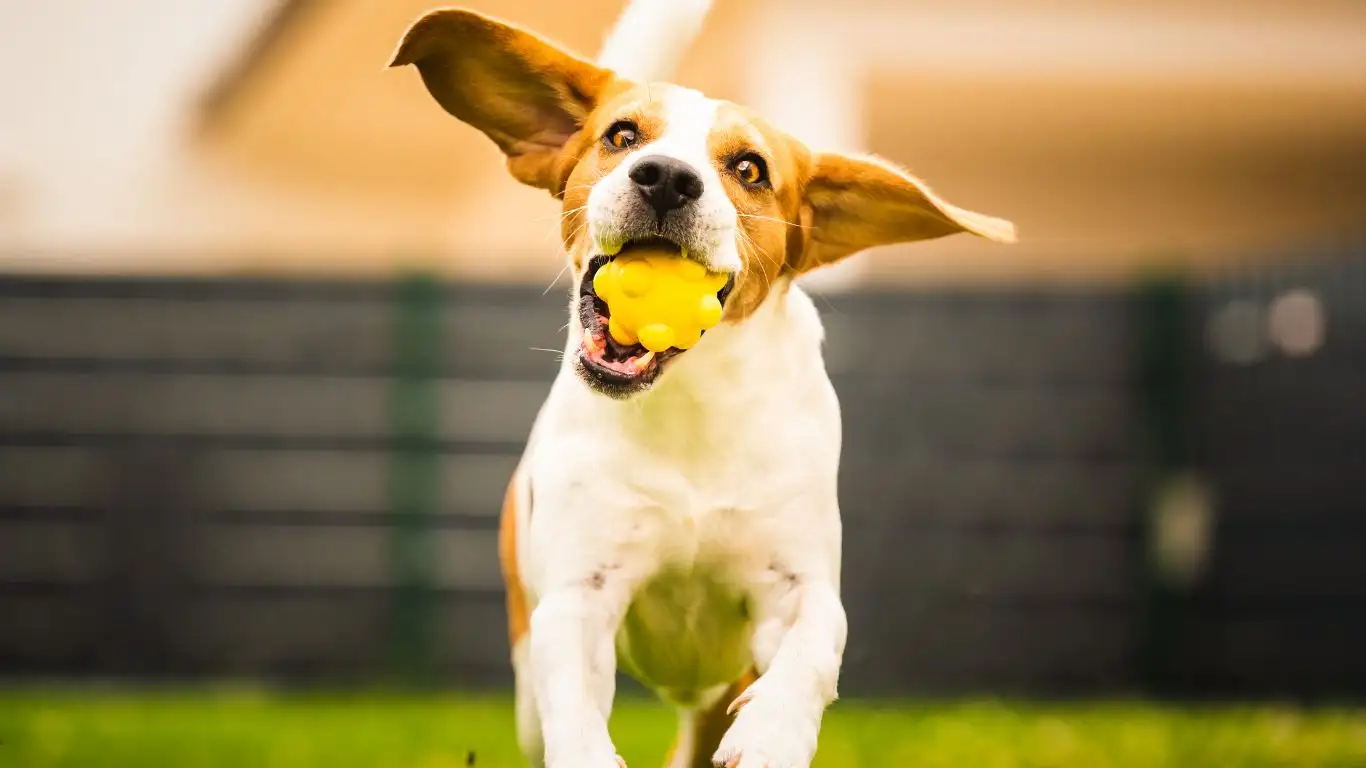
One of the best ways to show your dog how much you care is by keeping them clean, healthy, and comfortable through regular grooming. Grooming isn’t just about making your dog look nice, it’s also vital for their overall health. I’ve learned from my experience with therapy dogs that grooming can have a calming, bonding effect between dogs and their owners, too. Whether it’s brushing their fur, trimming nails, or cleaning their ears, grooming is an essential part of the dog care routine that promotes both physical and mental well-being.
Brushing: A Key Part of Dog Care
Brushing your dog’s coat regularly does more than just prevent matting—it helps to reduce shedding, control allergens, and even improve circulation to their skin. Depending on your dog’s coat type, you may need to brush them anywhere from a couple of times a week to every day. For long-haired breeds, brushing is especially important to prevent tangles and hairballs. On the other hand, short-haired dogs will still benefit from regular brushing to remove dead hair and promote skin health.
But, brushing is also an excellent way to bond with your dog! Most dogs enjoy the attention they get during grooming sessions, especially when it’s part of a routine. It can also be a great way to check for any unusual lumps, bumps, or skin irritations that might need attention.
Bathing: Not Too Often, But Just Right
Bathing is another essential part of dog grooming, but don’t overdo it! Too many baths can dry out your dog’s skin and strip away natural oils. For most dogs, a bath every 4-6 weeks is usually sufficient. Of course, if your dog gets especially dirty or has a specific medical need, you can adjust the frequency accordingly.
When you do bathe your dog, use dog-friendly shampoos that won’t irritate their skin. Avoid human shampoos, as they can be too harsh for their sensitive skin. A good bath will not only leave your dog smelling fresh, but it also gives you a chance to check for ticks, fleas, or other skin issues.
Training: Building a Strong Relationship
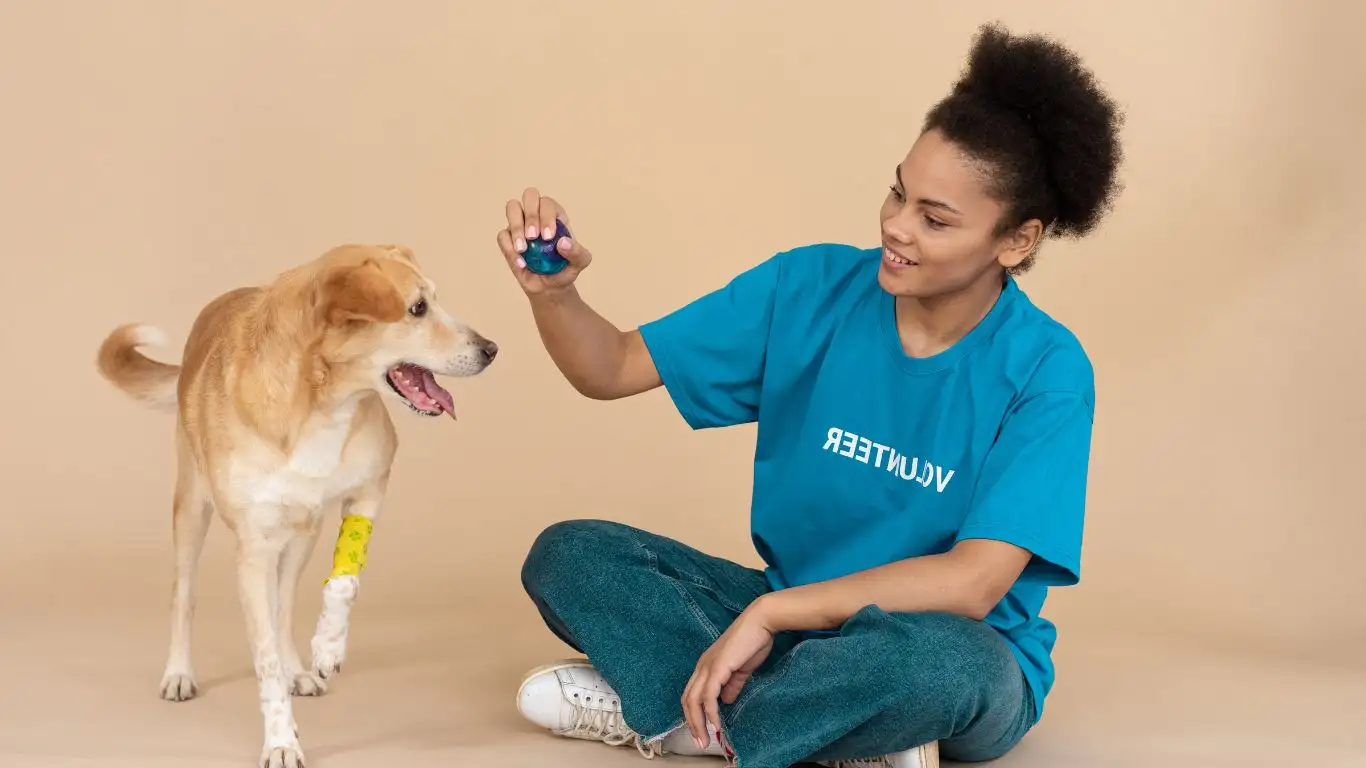
Training isn’t just about teaching your dog how to sit or stay—it’s about fostering a deeper connection and improving communication between you and your furry friend. The better your dog understands what you expect from them, the more likely they are to respond positively to your cues. In my experience working with therapy dogs, I’ve seen how training can completely transform a dog’s behavior and confidence.
The Importance of Positive Reinforcement
When it comes to training, positive reinforcement is always the way to go. Dogs are incredibly smart and respond best to praise, treats, or toys when they do something correctly. It’s not about punishment; it’s about rewarding good behavior and creating an environment where your dog wants to learn and please you.
During training sessions, make sure to keep things upbeat and short. Dogs have limited attention spans, so try to keep each training session to around 10-15 minutes to avoid frustrating your dog. Focus on one task at a time, and be consistent with your commands and rewards. Over time, your dog will start to understand what’s expected of them.
Basic Commands Every Dog Should Know
There are a few basic commands that every dog should learn, regardless of age or breed. These include:
- Sit: A basic command that can help your dog remain calm and under control in various situations.
- Stay: This command is crucial for safety, especially in busy or risky environments.
- Come: Calling your dog back to you is one of the most important commands for their safety and your peace of mind.
- Leave it: This can be a lifesaver, especially if your dog picks up something dangerous on the ground.
Once your dog masters these basic commands, you can begin to teach them more advanced tricks or commands. Agility training, for instance, can be a fun and challenging way to engage your dog’s mind and body, while also building a strong bond between the two of you.
Socialization: Creating a Confident Dog
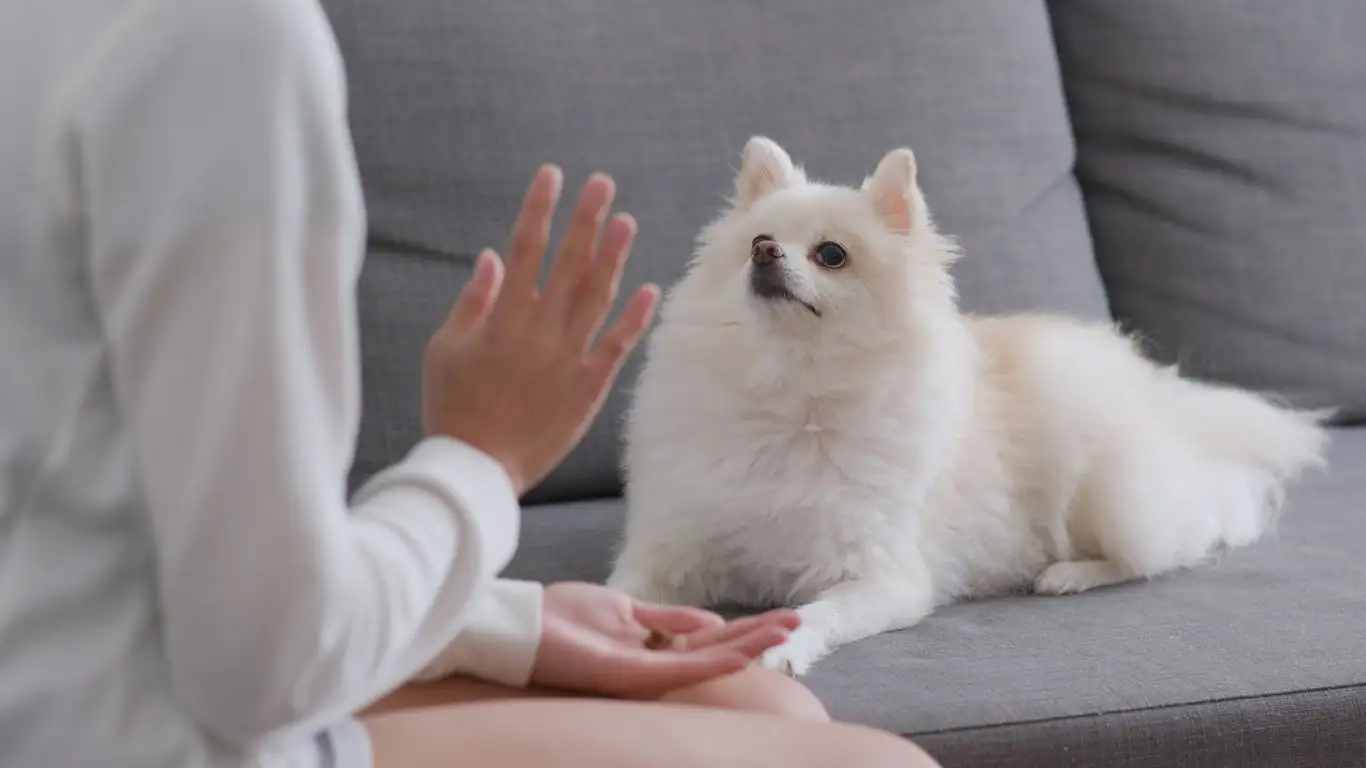
Socialization is an often overlooked but vital aspect of dog health. A well-socialized dog is not only more confident and comfortable in different environments, but they’re also less likely to develop behavioral problems. I’ve worked with many therapy dogs who thrive because they’ve been exposed to a variety of people, animals, and situations from a young age.
Why Socialization Matters
When dogs are properly socialized, they learn how to behave appropriately around people and other dogs. They also learn how to adapt to new experiences, which reduces anxiety and fear. Socialization is particularly important during the first few months of your dog’s life. Puppies who are exposed to various environments, people, and other animals early on tend to grow up to be more well-rounded adults.
That said, socialization doesn’t stop when your dog becomes an adult. Regular interactions with other dogs and people, whether through trips to the dog park or organized playdates, are just as important for adult dogs. It’s all about reinforcing positive experiences in new environments to help build confidence and reduce the likelihood of aggression or fear-based behavior.
Whether you’re introducing your dog to a new breed or a new setting, take it slow. Every dog has their own pace when it comes to socializing, so be patient and allow your dog to make progress at their own speed.
Mind Health: Keeping Your Dog’s Mental Well-Being in Check

As much as physical health is important for your dog, their mental health can be just as crucial. In my years of working with therapy dogs, I’ve seen firsthand how mental stimulation can significantly enhance a dog’s quality of life. A mentally well-balanced dog is not only happier but also more cooperative and less likely to develop behavioral issues like anxiety or destructive tendencies.
The Role of Mental Stimulation
Dogs, just like humans, need mental challenges to stay sharp and engaged. If a dog doesn’t receive enough stimulation, they can become bored, frustrated, or even anxious. Luckily, there are plenty of ways to give your dog a mental workout. Simple activities like puzzle toys, interactive games, and scent training can make a world of difference for your dog’s mental health.
One of my favorite activities is to create a “treasure hunt” for my dogs. I’ll hide treats or favorite toys around the house and let them use their noses to find them. It’s an activity that taps into their natural instincts and provides both physical and mental exercise.
Avoiding Separation Anxiety
Separation anxiety is a common issue, especially in dogs that are very attached to their owners. It can result in destructive behavior, such as chewing furniture, excessive barking, or even accidents in the house. Fortunately, there are steps you can take to prevent or minimize anxiety in your dog. For instance, make sure to gradually get your dog used to being alone, starting with short periods and slowly extending the time as they become more comfortable.
Another helpful tip is to provide your dog with safe, engaging activities while you’re away. Chew toys or treat-dispensing puzzles can keep them occupied and distracted, making it easier for them to relax while you’re out.
Ageing Gracefully: How to Care for Senior Dogs
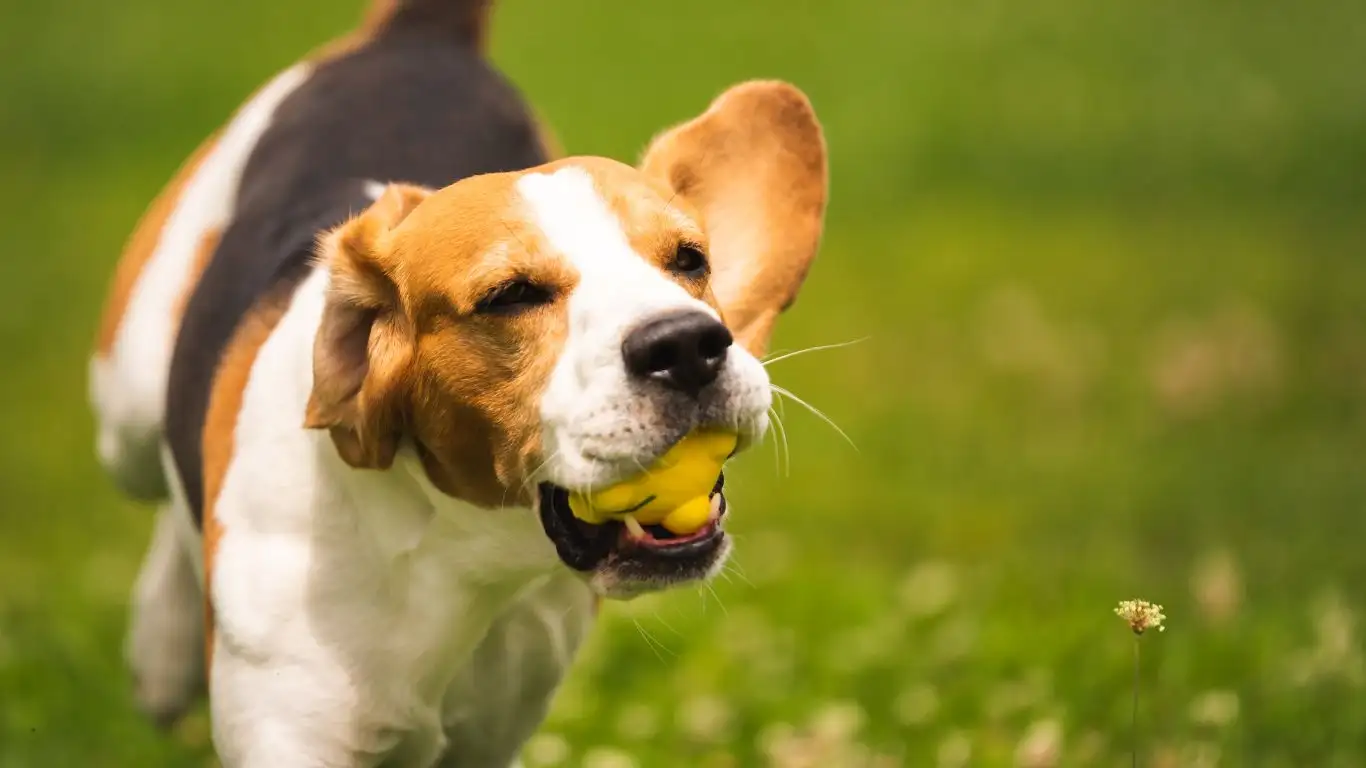
As our dogs get older, their needs change. Senior dogs require special care, and it’s important to adjust your routine to help them age gracefully. In my experience with older therapy dogs, I’ve learned that maintaining their quality of life requires attention to both their physical and emotional well-being.
Adjusting Their Diet
Older dogs often need fewer calories but more specific nutrients to help with joint health, digestion, and overall wellness. Many senior dog foods are formulated with ingredients like glucosamine and chondroitin to support joint health, which is especially important as your dog ages. Additionally, some older dogs may need to be fed smaller, more frequent meals, as their metabolism slows down.
If your senior dog has special dietary needs, such as weight management or food sensitivities, talk to your vet about creating a customized meal plan that will keep them in the best shape possible.
Exercise: Less Intensity, More Consistency
Exercise remains important for senior dogs, but the intensity and frequency will likely need to be adjusted. You may need to decrease the length or intensity of their daily walks, but it’s still essential to keep them moving to maintain muscle mass and joint flexibility. Low-impact exercises like swimming or gentle stretching can be great alternatives if your dog has arthritis or other mobility issues.
Even though they might not run around like they used to, senior dogs still benefit from routine exercise. Short, daily walks or indoor playtime are all you need to help them stay in shape and feel good.
Health Monitoring
As your dog ages, regular vet visits become even more important. Older dogs are at a higher risk for conditions like arthritis, heart disease, and kidney problems. Regular checkups will help catch any health issues early, allowing you to manage them before they become major problems.
Aside from checkups, paying attention to small changes in your dog’s behavior can help detect underlying issues. For example, if your dog starts drinking more water than usual, has difficulty getting up, or becomes more lethargic, these could be signs of a health problem. Keep a close eye on any changes and reach out to your vet if something seems off.
Resources for Further Learning
If you’re looking to dive deeper into dog care and health, there are several reputable resources you can turn to for more information. Websites like AKC and PetMD provide a wealth of knowledge about dog breeds, health issues, and training tips. Additionally, for specific health concerns, the National Institutes of Health offers resources on the health and well-being of pets.
Disclaimer
This article is intended for informational purposes only and is not a substitute for professional veterinary advice. Always consult with a licensed veterinarian for any concerns regarding your dog’s health and well-being. The advice shared in this guide comes from personal experience as a Canine-Assisted Therapy Trainer, but every dog is unique, and their care needs may differ.
Remember, the ultimate goal is to ensure your dog has a long, happy, and healthy life. By following the tips and insights shared in this guide, you can help your furry friend live their best life at every stage—from puppyhood to their golden years!


